Oft called the dance of courting, the fandango remains a set recreation in Spain. In the 21st century it is intellection of as a stemma recreation in Spain, Portugal, gray France and Dweller U.s.. The work and feature of the fandango is relieve existent and being performed by professionals and nonprofessionals on represent, in dance competitions and on agreement terpsichore floors.
Origin
Most date the fandango dance back to 1760 Spain, originating in Seville, and there is conjecture that it was brought from Spain by the Phoenicians. Some argue that the true origin of the fandango music and unique dance began with the Italian composers present in the royal court of Spain at the Baroque period, and composer Boccherini is said to have developed the first slow fandango.
Influence
The influence of the fandango dance is seen in the Philippines due to Spanish colonization. The fandango is still performed today with some regional variations. The Spanish fandango influenced Cueca, the national dance of Chile, when the Spanish dominated Chilean culture during the Colonial period. When the fandango was thought to have some movements that were not quite acceptable to the Europeans, the bolero evolved. When learning cultural dance in the southwestern United States, people turn to the fandango dance.
Features
The fandango dance steps are similar to tap.
tip tap scalzo image by goccedicolore.it from Fotolia.com
The fandango dance steps are similar to tap.
Slowly and gently, the fandango begins with music in A Minor, and then the tempo increases to triple time in E Major. The steps are deliberate, with fast footwork much like tap dancing. The dance is performed as a solo or couples dance. When performed by couples one partner leads, sets the pace and the step sequence. The lead changes from one partner to another and is characterized by a brief dramatic pause sometimes called feet dragging, and the dancers hold a pose. Castanets are used; there is foot stomping and finger snapping.
Evolution
Because the dance is eye catching and dramatic, the fandango has evolved in society as a slang word used to describe a spectacular quarrel or tomfoolery.
Place in Art
Whether performed by a ballet company or immortalized in a work of art, the fandango dance lives on. The “Famous Fandango” is a 1981 serigraph on paper vividly depicting a solo female fandango dancer. Six couples highlighting the conflict and resolution of two couples performed the world premiere of “Fandango Furiouso” by the American Repertory Ballet
 FolkDanceWorld.Com International Folk Dances
FolkDanceWorld.Com International Folk Dances
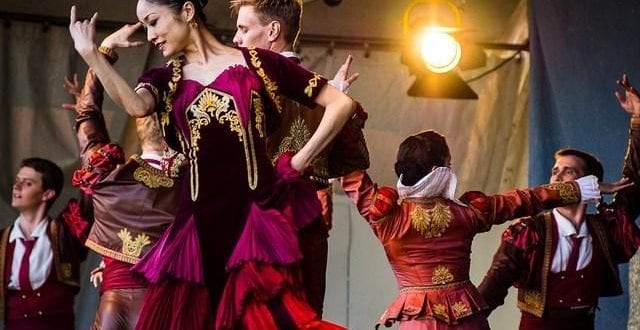
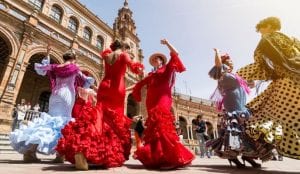
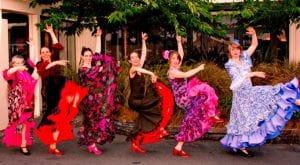
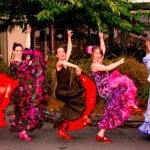
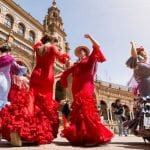
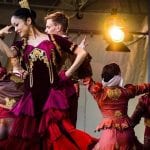
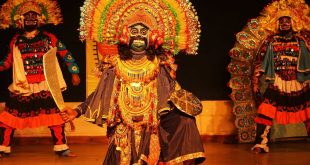
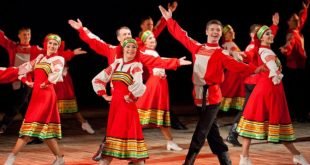

Wow, fantastic blog structure! How long have you ever been running a blog for? you made running a blog glance easy. The whole look of your web site is great, as neatly as the content!